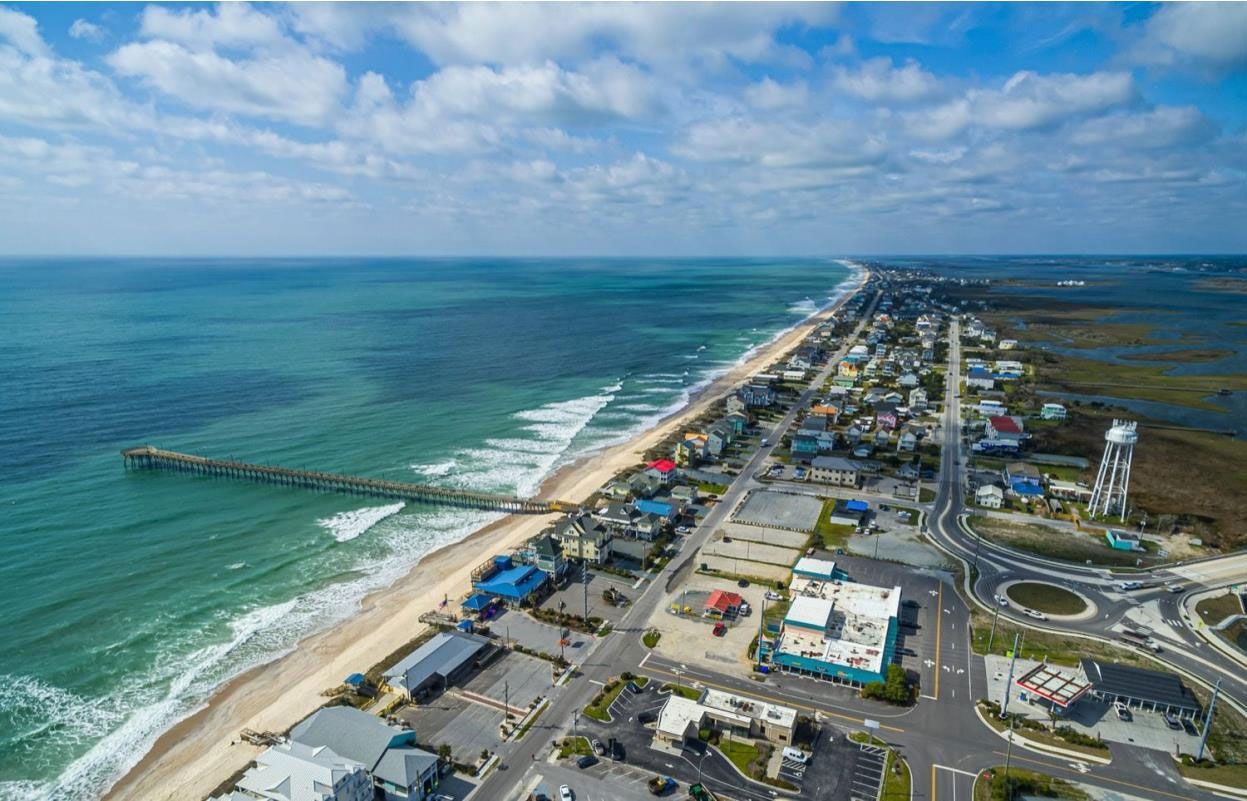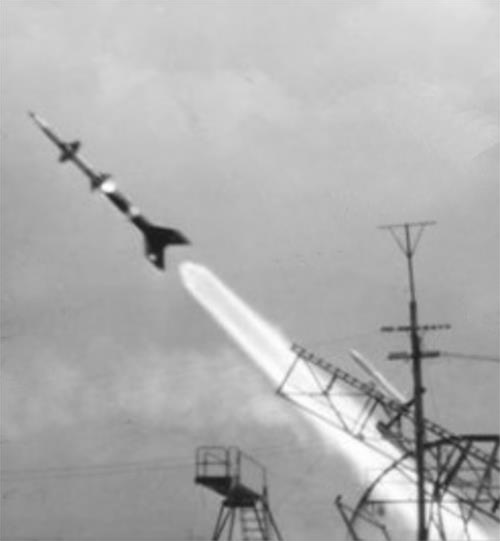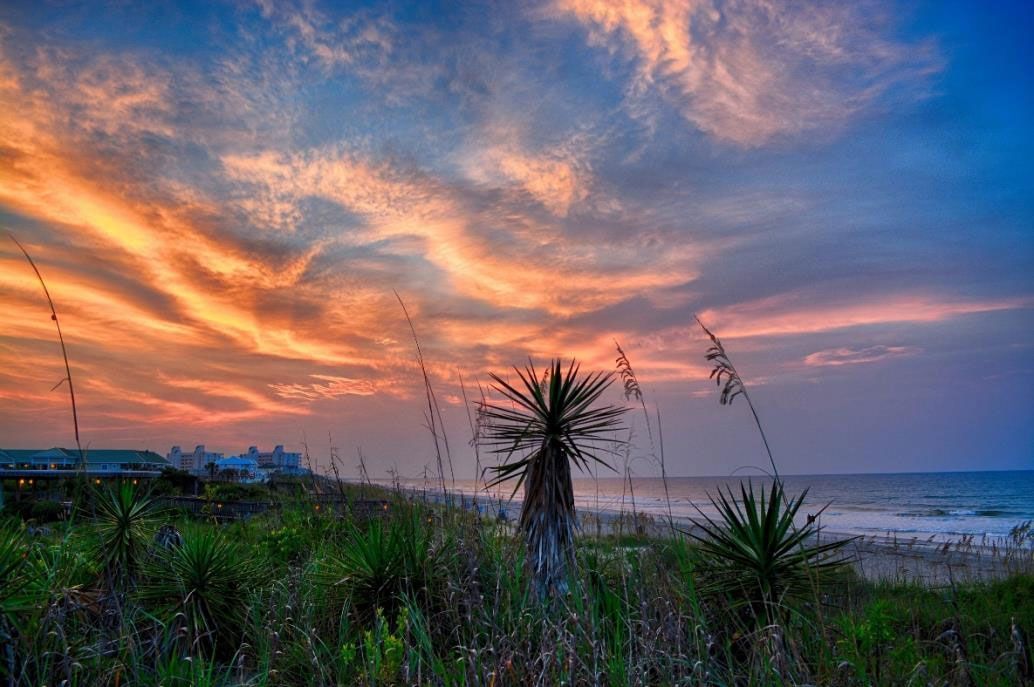TOPSAIL BEGINNINGS: SETTLERS OF THE PAST ON TOPSAIL ISLAND
Topsail Island currently enjoys the company of over a thousand folks who cherish it as their home. There was once a time when the island was lonely and uninhabited. It wasn’t until about the 1900s, when the military took advantage of the unfrequented island for their operations, that settlements and civilization as we know it came to Topsail Island. So, who were the first settlers? Are their descendants still here to this day? Let’s see what we find out!

Kloudmedia / shutterstock.com
The earliest known visitors to Topsail Island who are still around today are the Tuscarora Indians. It is proposed that in the 1700s, many of the Tuscarora Indians paid frequent visits to Topsail Island. The Tuscarora were a Native American Tribe who joined the Iroquois Confederacy in 1722 to form the Six Nations. They inhabited much of what is now called North Carolina. They are sometimes called “The Hemp Gatherers” or “Shirtwearing People” ... “The Hemp Gatherers” because they grew and used the Indian hemp to make clothes, ropes, and some ceremonial objects… “Shirt-wearing People” because unlike the other Native American Tribes of the time, the Tuscarora Indian men wore shirts (made from hemp). It is said that the Tuscarora did not make permanent residency on the island because of the unpredictable weather the island was exposed to, so they spent their time here mostly fishing and hunting. Sadly, during the Tuscarora war (1711-1715), many of the Tuscarora were kidnapped and killed or sold into slavery by the British Forces. Today, the descendants of the Tuscarora survivors live in various places. Some live in Tuscarora Indian Tribe Reservation in New York. Some others live on the Six Nations Reserve in Canada with members of the other Iroquois nations, while few of them still have tribal communities in North Carolina. Beachcombers have discovered artifacts dating back to the Tuscarora visitors in the 1700s. Some artifacts have even been dated back to Prehistoric Indians. Did the Prehistoric Indians once live on our island? Who knows! If you decide to go beachcombing, you may just discover an artifact… an arrowhead maybe!
For many years, Topsail Island remained uninhabited, overlain by thick forests and coastal plains. During the Golden Age of Piracy (1650s -1720s), the island became an infamous hiding spot for pirates—Blackbeard being the most notorious and the most feared of them! Many of these pirates were of British and French origin. It is said by some that our island got its name from the topsails of the pirate ships that could be seen by oncoming merchants if the dunes were scanned properly. The Golden Age of Piracy came to an end in 1730 under the rule of King George I. Afterwards, fishermen from the mainland began to visit the island to set up their camps, and farmers began to pasture their livestock on the island. The farmers would ferry their livestock daily to and from the island to graze the nutrient-rich pastureland. Tourists also found the island to be quite an attraction for picnics and field trips. All this time, however, Topsail Island was barely accessible since there was no connection by a bridge to the mainland. There were not many people who visited the island and no settlements were established. Those who visited had to do so by boat. This changed in the 1900s after the World War II (1939-1945).
During World War II, the US Army came to the North Carolina coast and in 1940, the government set up Fort Davis or Camp Davis on the mainland at Holly Ridge. Camp Davis was a military training base for artillery units. Topsail Island was leased to the soldiers. They then built a floating bridge to grant their troops access to the island. Many antiaircraft artillery batteries were operated on the island (at present-day Surf City) both for training and seacoast defense. When World War II ended in 1945, Camp Davis was dismantled, and the Army troops were redeployed but the US Navy still had much to do on the remote island. They decided that the island could serve them as a base for rockets and ramjet engines testing. The Navy contracted the Kellet Foundation and John Hopkins University for a high-profile missile project. About two years later, they had launched over 200 missiles ranging in length from 3 to 14 feet. In 1947, a press release was issued, and the Navy revealed their ongoing projects on the island. Finally, in 1948, the experiment was moved to New Mexico and Cape Canaveral. The results from the experiments at Topsail Island tests were instrumental in future U.S jet aircraft and rocket technology programs.

Operation Bumblebee. Copyright © 2022 · Island Press
One interesting fact about the missile development program on Topsail Island is that it was called Operation Bumblebee. Why Bumblebee? It was named so because, like the bumblebee insects, the missiles at that time defeated the laws of aerodynamics. It was said that the wings of the bumblebee were too small for the size of their bodies so they shouldn’t be able to fly. The same for the missiles of that time: the shape and weight of their bodies were rather large compared to their wingspan. But guess what! The bumblebees flew anyway. Call it a miracle if you may!
Permanent residency on Topsail Island only began after the military finally vacated the island. A. H. Ward, with his family, and some other likeminded people were the first families to begin development on Topsail Island. Ward was the Public Works Director and Commissioner at the time. As we can see today, they were successful, and handed down their vision to their successors. Surf City was incorporated in 1949. It was the first official town on Topsail. Tower Three, one of the abandoned missile towers from Operation Bumblebee, remains to this day near the town line between Surf City and Topsail Beach. In 1950, one of the heirs of the tower, Judge John Thomas Bland, converted it into a home. It was destroyed later by Hurricane Fran in 1996. The remains still stand today and is owned by the John Gresham Family.
Topsail Beach was the next town to be incorporated in 1963. The Assembly Building for Operation Bumblebee still stands tall on Topsail Beach. It was used by many businesses over the years; Caison Brothers’ Building Supply was one of them. Today, the Assembly Building is home to the Topsail Island Historical society and the Missiles and More Museum. The Museum holds several artifacts and images from the missile test program. The launch pad for the 200 missiles that were fired is right on the patio for the Jolly Roger Motel and the bombproof observation room is currently a part of the motel’s basement. The Breeze-Way Inn and Café was the island’s first motel; it was simply the refurbished army barracks left behind. Sr. Waitus Bordeaux and his wife ran the motel for a few years before handing over to Eunice and Dewey Justice. It later became the Breezeway Restaurant and Motel.
North Topsail Beach was the last town to be incorporated in 1990. It was once separated from the rest of Topsail Island by Stump Inlet, but it got filled in over time. The neighborhood of Ocean City was brought about by the influence of Edgar Yow, Dr. SamueL J. Gray and the Chestnut brothers: Bertram, Wade, and Robert. They had a vision to create an opportunity for local African American residents to own beach property. North Topsail Beach is famous for the many oysters in the Stump sounds.
Just landward of Topsail Island is a small island named Permuda Island, with about 1.5 miles of coastline. Archaeologic excavations on that island have provided evidence of human inhabitation dating the year 1300—they are speculated to be the Algonkian Indians. The Ashe Island is another small island just landward of Topsail. It was named after a former North Carolina governor, John Baptista Ashe.
Many connections to Topsail Island history remain today, especially regarding the military operations carried out on the island. Seven out of the eight missile towers still stand today. Tower 8, which stood at the northern edge of Topsail Island, was demolished in 1989 because it was an eyesore and many 'bad guys’ lurked around there. Towers 4 and 5 have been bought by private investors and furnished into homes available for rent.

Photograph by Chelsea Donovan
It’s amazing what the Topsail Island communities look like today. As the island developed over, more people began to relocate to the island and so Topsail Island is what it is today. Commercial development started when Operation Bumblebee was concluded, and the Navy packed up. The residents of Topsail Island live a simple lifestyle but there’s a lot to do and find here. Today, there are several luxury resorts, hundreds of beach homes, campgrounds, restaurants, and shops.
After learning all this, you just might become a Historian! If you find yourself on Topsail Island, feel free to visit the Museum and see the missile towers still standing, and then cross them off your bucket list!












